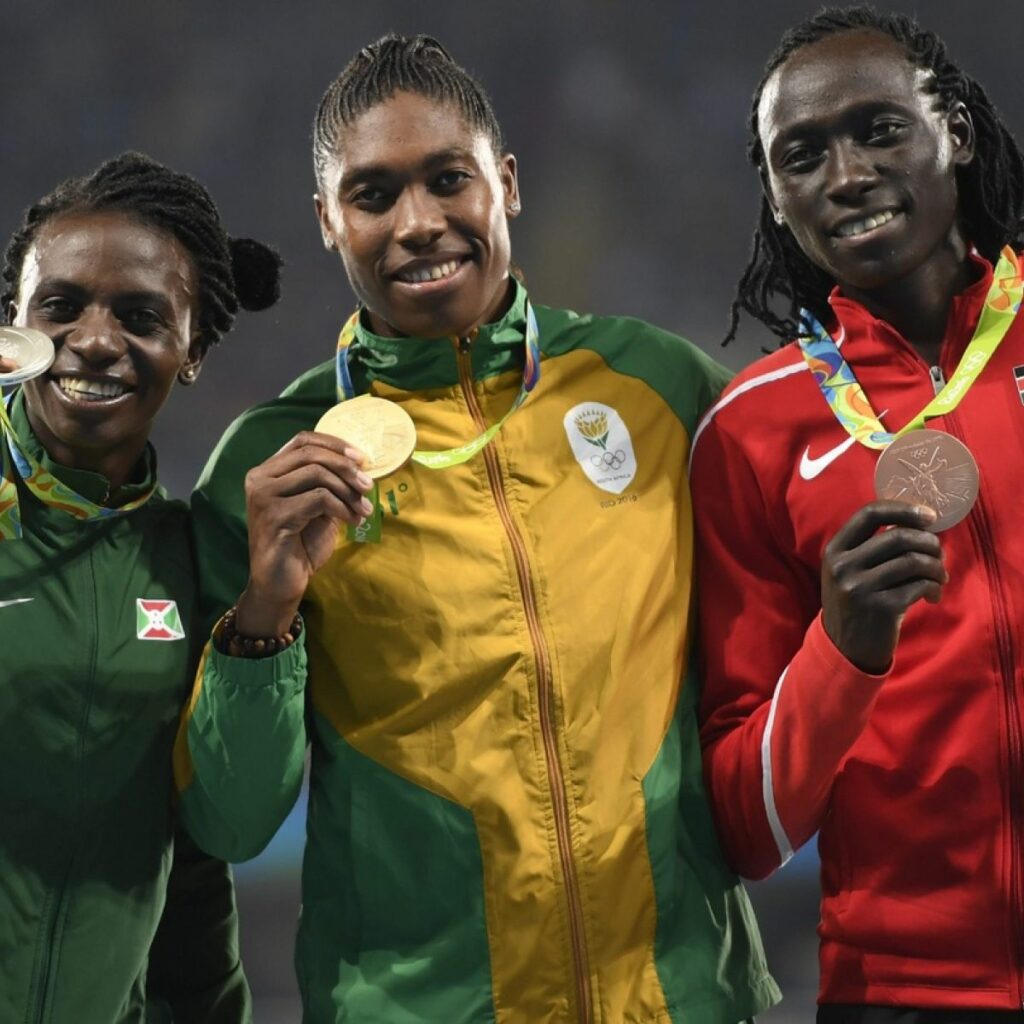Sex Testing in Sport – Jason Sims
Caster Semenya won gold at the 2016 Olympics in the women’s 800m event but in light of this victory she was banned from competition. Not due to doping or performance enhancing drugs, but because she ‘no longer qualified as a female athlete’. Her sex was put into question due to her naturally high levels of testosterone that provided her with a competitive advantage. As such, the IAAF, International Association of Athletics Federations, insisted she must have tests completed to see if she falls within the limits on testosterone levels.

Inevitably this faced outcry, athletes at the top level often have natural physical advantages such as Michael Phelps who has a double-jointed body, a disproportionally long wingspan and size 14 feet, and so why is this not sanctioned? Sport is not divided up by your physical advantages but rather it is defined by categories determined by your chemical and biological composition, since 1966 sex testing has been used to prevent men disguising their appearance to compete under the female category.

However, in recent times regulation has evolved to measure levels of testosterone in the body and regulate it in the 400m, 800m, and 1500m race as studies suggested this is where it can most likely impact the outcome. Consequently, Caster Semenya was forced to quit her sport, or take medical treatment to reduce her testosterone levels, which risks harmful side-effects. The ruling was described by the IAAF court as discriminatory but necessary to preserve the integrity of the sport. But the primary issue with this is that it disproportionally impacts non-white athletes, as they are more likely to be tested for not fitting the stereotype of a female.

So, why is this so prevalent now? Well, the media has associated the issue of Caster Semenya with the presence of transgender athletes in sport, and America is increasingly divided over who can compete in which division. Since the two categories for sport are determined by your chemical composition, the line that divides the categories is blurred. The criteria for tests can change and with that the boundaries change, creating a grey area. Consequently, many female and transgender athletes are being restricted from competing and new questions are being asked about how to balance a progressive society with the idea of sport integrity. Evidently, this has not been solved as Mississippi banned transgender girls from girls’ sports on the 13th March and Caster Semenya remains suspended from competition.















Post Comment
You must be logged in to post a comment.